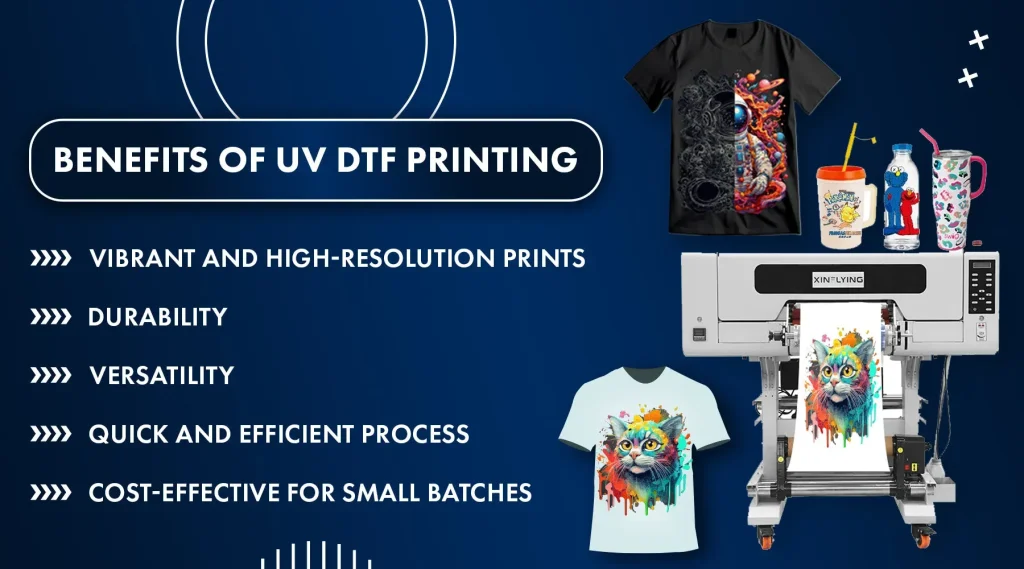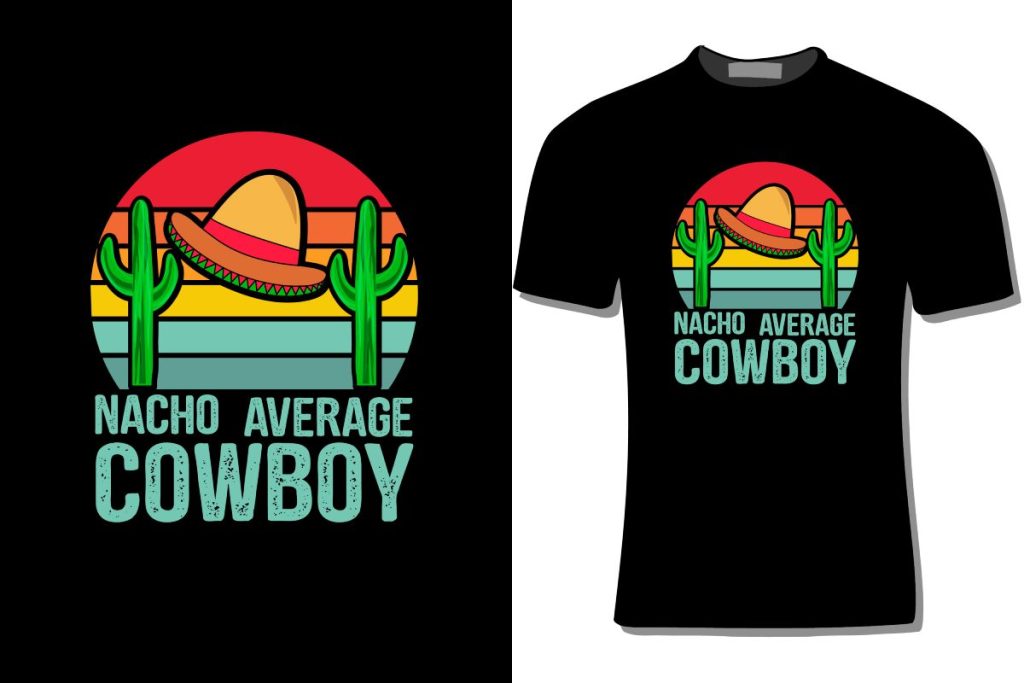In today’s world, where environmental sustainability has become a crucial factor for industries, the printing technology sector is embracing innovative solutions. Among these solutions, the environmental benefits of UV DTF printing stand out significantly. This advanced printing method utilizes UV DTF inks that are designed to be more eco-friendly than traditional inks, contributing to reduced VOC emissions and promoting healthier air quality. Additionally, UV DTF printing boasts enhanced energy efficiency in printing processes, making it a frontrunner in sustainable printing technologies. By leveraging solvent-free inks and minimizing waste output, businesses can make substantial strides towards a greener future while maintaining high-quality print results.
In an era marked by increasing awareness of environmental impact, many businesses are turning towards cleaner printing technologies. Notably, the advancements in UV DTF (Direct to Film) printing have ushered in considerable ecological advantages. This innovative printing technique not only minimizes the use of harmful chemicals but also enhances overall energy efficiency. By utilizing solvent-free inks, companies can significantly diminish pollution and waste output. As a result, UV DTF printing is becoming synonymous with responsible and sustainable practices in the printing industry.
Understanding UV DTF Inks and Their Role in Sustainability
UV DTF inks are a revolutionary aspect of modern printing technology, designed to offer exceptional color vibrancy and durability while also adhering to environmentally sustainable practices. Unlike traditional inks that may rely on hazardous solvents, UV DTF inks are formulated to be solvent-free, drastically reducing the release of volatile organic compounds (VOCs) during the printing process. This shift not only lasts in the final product’s quality but also significantly enhances the ecological footprint of the production process, making it a safer choice for both printers and consumers.
Furthermore, the adoption of UV DTF inks helps in meeting the growing consumer demand for sustainable products. Users can proudly present items adorned with graphics printed in an eco-conscious manner, which resonates well with environmentally aware customers. This not only aids in branding efforts for companies that wish to market their products as green but also encourages wider industry changes towards cleaner, more sustainable printing technologies.
Energy Efficiency in UV DTF Printing
Energy efficiency is a critical component of sustainable manufacturing, and UV DTF printing is at the forefront of this movement. Traditional printing techniques often require several stages of drying, which consume substantial amounts of energy to heat and maintain appropriate conditions. In contrast, UV DTF printing leverages UV light to cure inks instantly, drastically reducing the energy needed during the production process. This direct approach not only cuts energy costs but also leads to decreased carbon emissions, contributing to a greener manufacturing environment.
Moreover, the fast curing process offered by UV DTF printing maximizes throughput and reduces production time. This efficiency means that fewer machines are needed to produce the same output compared to conventional methods, ultimately leading to lower overall energy consumption across the board. As businesses strive to adopt greener practices, the energy efficiencies inherent in UV DTF printing represent a practical solution to meet operational goals while minimizing environmental impact.
Reduced VOC Emissions and Their Importance
The printing industry has historically been one of the primary contributors to air pollution due to the high levels of volatile organic compounds (VOCs) emitted from traditionally used inks and solvents. These emissions not only harm environmental quality but also pose serious health risks to workers and nearby communities. With UV DTF printing, the focus shifts to reduced VOC emissions, as the use of UV curable inks helps to eliminate or significantly lower these harmful compounds from the production process.
This advancement in technology aligns with global initiatives aimed at reducing toxic emissions and promotes cleaner air quality. Lower VOC emissions resulting from UV DTF printing can lead to healthier work environments, encouraging not only regulatory compliance but also fostering a culture of responsibility towards sustainability in industries that depend on print products.
Waste Minimization in the Printing Process
Waste reduction is a pivotal factor in establishing environmentally responsible production methods. UV DTF printing significantly minimizes waste through a more efficient ink utilization process compared to traditional printing techniques, where excessive inks may often be wasted during setup phases. The precision of UV DTF technology allows for exact color matching and layout designs to be created, thereby limiting excess ink usage and contributing to less overall material waste.
In addition, the films used in UV DTF printing can often be reused, further reducing the waste generated during the printing cycle. This functionality promotes a circular approach to manufacturing, where the longevity of materials and resources is optimized. By implementing such practices, businesses can operate in line with their sustainability goals while reinforcing their commitment to environmental stewardship.
Sustainable Printing Technologies: The Future of Print
The printing industry is poised for a transformative future as sustainable printing technologies gain traction. Among these technologies, UV DTF printing stands out as an innovative method that brings significant eco-friendly benefits. By adopting advanced techniques and materials, companies can reduce their environmental impact and contribute positively to global sustainability efforts. Advancements such as energy efficiency, reduced chemical usage, and minimized waste exemplify how modern printing can align with environmental standards.
Furthermore, as consumers become increasingly invested in the environmental impact of their purchases, businesses that adopt sustainable printing technologies like UV DTF are better positioned to appeal to this conscientious demographic. Embracing these technologies not only fulfills corporate responsibility but can also lead to enhanced brand loyalty among eco-minded customers.
The Impact of Solvent-Free Inks on Environmental Sustainability
Solvent-free inks are becoming a staple in the push towards environmental sustainability in printing. UV DTF printing leverages solvent-free inks that eliminate the harmful substances typically associated with traditional ink formulations. By adopting these innovative inks, printers contribute to a healthier working environment and positively impact the surrounding ecosystem.
The use of solvent-free inks not only aligns with increasing regulatory requirements but also resonates with customers who value sustainable production practices. As more companies commit to reduced environmental footprints, adopting solvent-free options in UV DTF printing represents a proactive measure towards achieving sustainability goals while enhancing product appeal.
Frequently Asked Questions
What are the environmental benefits of UV DTF printing compared to traditional methods?
UV DTF printing offers several environmental benefits, including reduced VOC emissions, lower energy consumption, and minimal waste output. Unlike traditional printing methods that tend to use solvents and harmful chemicals, UV DTF printing employs eco-friendly UV inks, significantly decreasing the impact on air quality and promoting sustainable printing technologies.
How does UV DTF printing contribute to reduced VOC emissions?
UV DTF printing significantly contributes to reduced VOC emissions by utilizing UV curable inks that are often solvent-free. This technology eliminates the need for traditional inks that release harmful volatile organic compounds into the atmosphere, thus enhancing air quality and aligning with environmental regulations.
Can UV DTF printing be considered a sustainable printing technology?
Yes, UV DTF printing is considered a sustainable printing technology due to its energy efficiency, reduced waste, and the use of eco-friendly inks. By minimizing harmful emissions and utilizing energy-efficient processes, this method supports greener practices in the printing industry.
What impact does energy efficiency have in UV DTF printing?
Energy efficiency in UV DTF printing is achieved through instant curing of inks using UV light, which drastically reduces drying times compared to traditional methods. This leads to lower energy consumption overall, making UV DTF printing more environmentally friendly and contributing to the goal of sustainable printing.
Are UV DTF inks safe for the environment?
Yes, UV DTF inks are generally safe for the environment as they are formulated to be low in or free from volatile organic compounds (VOCs). This reduces the risk of air pollution and exposure to harmful chemicals, making UV DTF printing a preferable option for businesses focused on eco-friendly practices.
How does UV DTF printing minimize waste compared to traditional printing methods?
UV DTF printing minimizes waste by utilizing precise ink application and instant curing, which reduces excess material use. This efficient process leads to less off-cut and discarded prints, fostering a more sustainable approach in the printing industry.
| Key Point | Description |
|---|---|
| Introduction | UV DTF printing offers a sustainable alternative in printing technology, with several environmental advantages over traditional methods. |
| What is UV DTF Printing? | UV DTF printing transfers images onto film using UV-curable inks, curing them instantly with UV light, making it faster and more efficient. |
| Reduced Chemical Use | This method minimizes or eliminates the use of VOCs, improving air quality and reducing toxic waste emissions. |
| Energy Efficiency | UV DTF printing typically consumes less energy compared to traditional printing methods. |
| Waste Reduction | The printing process results in significantly less waste generation, making it a more sustainable choice. |
Summary
The environmental benefits of UV DTF printing are paramount for businesses aiming to adopt greener practices. This innovative printing technology not only reduces the reliance on harmful chemicals, but it also lowers energy consumption and minimizes waste output. By choosing UV DTF printing, industries contribute to improved air quality and environmental sustainability, aligning their operations with global environmental goals. As the demand for eco-friendly solutions grows, UV DTF printing stands out as a responsible alternative, proving that businesses can thrive while also prioritizing the planet.



